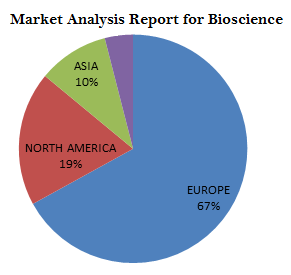
Eleonora Braga
Institute of General Pathology and Pathophysiology, Russia
Title: Tumor suppressor miRNAs: Hypermethylation and novel potential targets in breast cancer
Biography
Biography: Eleonora Braga
Abstract
Epigenetic mechanisms including DNA methylation and interaction between miRNAs and mRNAs are the most dynamic mechanisms of genes deregulation in cancer. The aim of this study was to identify novel miRNAs, involved in down-regulation of some cancer-associated genes, and could be down-regulated itself by DNA methylation, in breast cancer (BC). We analyzed expression and methylation profiles of 20 tumor-suppressor miRNAs and 15 cancer-associated genes, which interactions were predicted by algorithms of miRWalk 2.0 database. Representative set of 58 paired (tumor/normal) BC samples; methylation-specific PCR, qPCR and the IBM SPSS Statistics Base 20 software package were used. We first observed hypermethylation of MIR-127, -132, -1258, -193a, and hypomethylation of MIR-191. Using qPCR, we established a strong correlation between promoter methylation and expression levels of 12 miRNA genes, confirming the functional importance of altered methylation patterns. The significant negative correlations were revealed between expression level alterations for the following pairs: CCND1 – miR-212-3p, -34a-5p, -34c-3p; BCL2 – miR-24-2-5p, -212-3p, -124-3p; BCL6 – miR-34a-5p, -24-2-5p. The results of transfection of MCF7 cell line with miR-124-3p duplex strengthened hypothesis on direct or indirect interaction of this miRNA with BCL2 mRNA. Thus, systemic role of hypermethylation in deregulation of miRNAs and its targets was shown, and novel potential interactions of 5 miRNAs with CCND1, BCL2, and BCL6, being involved in cell cycle regulation, apoptosis, EMT and metastasis, were suggested, that could be useful as missing chains in signaling pathways and potential targets in complex BC therapy. This work was financially supported by the Russian Science Foundation grant 14-15-00654.

